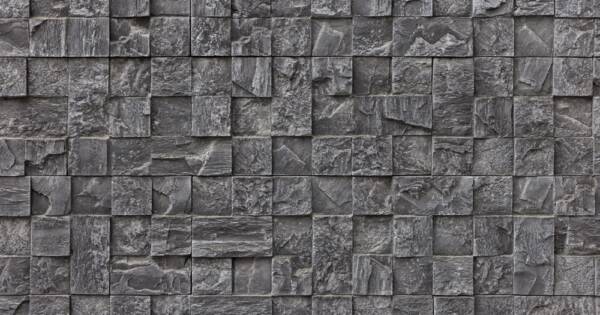Acoustic panels are the most popular solution for spaces where echo and reverberation create so much ambient noise, it’s difficult to hear. By absorbing sound, acoustic panels minimize sound reflections and create a more comfortable acoustic environment where speech is intelligible, and loudness is reduced.
What Are Acoustic Panels?
Acoustic panels are specially designed materials used to control and improve sound quality in a space. Made from sound-absorbing materials such as foam, fabric-wrapped fiberglass, or mineral wool, they help reduce noise by absorbing sound waves. These panels are often placed on walls or ceilings to minimize reverberation and echo, making spaces more comfortable for conversation, listening, or working.
Acoustic panels are typically lightweight and come in various shapes and sizes, offering flexibility in both functionality and aesthetic. Whether in an office, recording studio, or home theater, these panels provide a simple yet effective way to enhance sound clarity and reduce unwanted noise.
How Do Acoustic Panels Work?
Acoustic panels work by absorbing sound energy rather than reflecting it, which reduces the overall reverberation in a room. When sound waves hit the panel’s surface, the material inside the panel (such as foam or fiberglass) slows down the waves and absorbs the sound energy. This process prevents sound from bouncing off walls, floors, and ceilings, which would otherwise create echoes and distortions.
The result is a quieter and more comfortable environment where sound clarity is improved, making speech more intelligible and reducing the overall noise level. The effectiveness of an acoustic panel depends on its material, thickness, and placement within the space.
Where Are Acoustic Panels Useful?
Acoustic panels are beneficial in a wide range of spaces where controlling noise is important. In commercial settings like offices, conference rooms, and restaurants, they help reduce ambient noise, making it easier for people to communicate and focus.
In homes, acoustic panels are commonly used in home theaters, music rooms, and living areas to enhance sound quality and reduce unwanted noise. In recording studios, they are essential for creating clear, undistorted sound for both recording and mixing. Additionally, places like auditoriums, libraries, and schools benefit from acoustic panels as they improve speech intelligibility and create a more comfortable auditory environment.
How to Choose the Best Acoustic Panels for Your Space
Choosing the right acoustic panels for your space depends on several factors, including the size of the room, the type of sound issues you’re dealing with, and the aesthetic you’re aiming for. For larger spaces with significant noise problems, thicker or denser panels made from materials like fiberglass or mineral wool may be necessary for maximum absorption.
If you’re looking for both style and function, consider options like GIK Acoustics’ wood slatted panels or Acoustimac’s AcousticART panels, which combine high sound absorption ratings with attractive designs. Acoustimac also offers a wide variety of fabrics and customizable colors, making it easier to match your room’s décor.
Additionally, if you need a more eco-friendly option, Acoustimac’s Exclusive Eco-Core Insulation made of recycled cellulose is an excellent choice. Both companies provide affordable options for a variety of needs, ensuring you can find the right solution to achieve optimal sound control in your space.
Creating a Balanced, Quiet Environment with Acoustic Panels
Acoustic panels are an effective, versatile solution for improving sound quality and reducing unwanted noise in any space. By understanding how they work and considering factors like material, placement, and design, you can choose the perfect panels to enhance both the acoustics and aesthetics of your room.
Whether you opt for the high-quality options from GIK Acoustics or the customizable designs from Acoustimac, investing in the right acoustic panels can create a more comfortable, enjoyable environment, whether at home, in the office, or in specialized settings like recording studios. With the right choice, you’ll enjoy improved sound clarity, reduced noise, and an overall more peaceful atmosphere.




